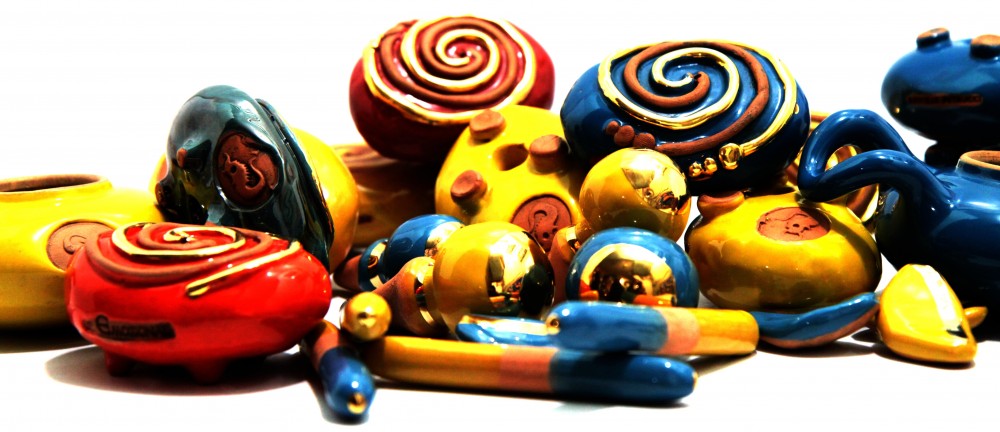Siamo veramente e sempre consapevoli del nostro corpo?
O siamo spesso avvolti da una tenue nuvola che ci rende “assenti” a noi stessi,
essendo quasi sempre impegnati,
anzi sovra – occupati?
Ritagliamoci qualche minuto di “sosta” mentale dalla frenesia quotidiana,
dai pensieri ridondanti e inutili e FERMIAMOCI!
Cerchiamo un momento di introspezione soft, in cui sia il nostro corpo,
sia il nostro pensiero, sia le nostre emozioni siano QUI ed ORA!
…E RESPIRARE finalmente la nostra PRESENZA.
Proviamo quindi:
– sediamoci con la schiena diritta e cerchiamo di rimanere il più possibile rilassati ed osservare il nostro respiro
– lo avvertiamo mentre passa dolcemente attraverso le narici
– non interveniamo, non lo rendiamo più profondo o più superficiale di quanto non sia in questo momento
– ma non gli impediamo nemmeno di diventare, da solo, più profondo o più superficiale
– lasciamo semplicemente andare i sospiri, i suoni, le vibrazioni
– continuiamo ad osservare l’andare ed il venire del nostro respiro continuiamo per 2 o 3 minuti e ripetiamo almeno 3 volte durante la giornata.
***
RESPIRA E SORRIDI
Tutte le volte in cui sei seduto e non hai nulla da fare, rilassa la mandibola e apri un po’ labocca. Inizia a respirare attraverso la bocca, ma non in modo profondo. Lascia che il corpo respiri per suo conto; sarà un respiro superficiale che diventa man mano sempre più superficiale.
Quando senti che il respiro è diventato molto superficiale, che la bocca è aperta e la mascella è rilassata, sentirai che tutto il corpo è molto rilassato.In quel momento, comincia a sentire un sorriso, non sul volto, ma esteso a tutto il tuo essere interiore. Non è un sorriso che appare sulle labbra, è un sorriso sistenziale che si diffonde solo all’interno.
Non c’è alcun bisogno di sorridere con le labbra o con il volto; è come se sorridessi dalla pancia; la tua pancia sorride. Ed è un sorriso, non una risata, quindi è dolcissimo, delicato, fragile, come una piccola rosa che si apre nella pancia e la cui fragranza si diffonde in tutto il corpo. Quando sei arrivato a conoscere l’essenza di questo sorriso, puoi rimanere felice per tutte le ventiquattro ore. Tutte le volte in cui senti che ti manca quella felicità, chiudi gli occhi e afferra di nuovo quel sorriso; vedrai che ci sarà. Puoi riafferrarlo quante volte vuoi durante la giornata. È sempre presente.
Osho
Tratto da discorsi inediti
English Version





